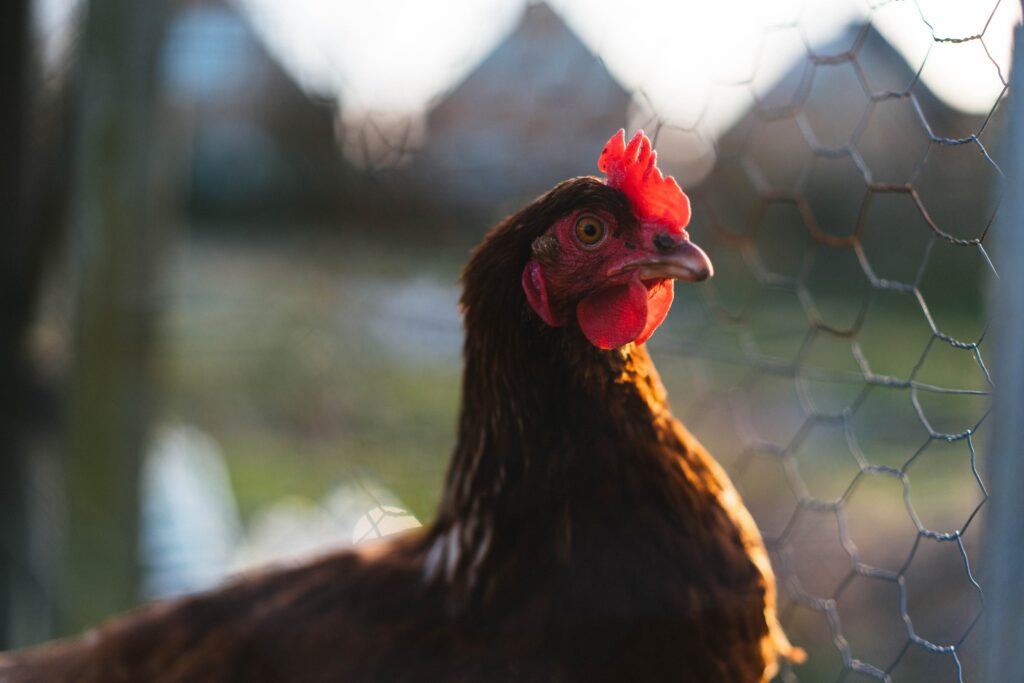Cage-free eggs systems to be transformed but are farmers ready?
US egg producers are transforming operations to cage-free systems under a 2026 deadline set by several states and retailers. But egg farmers say they need time to achieve the changes.
Several factors could slow the transition such as the high cost upgrading facilities to accommodation cage-free production, according to a recent study. Researchers at the FMI Foundation and United Egg Producers found that the required machinery can cost over US $40 per bird, particularly when it comes to aviary systems that allow for more space to move around.
“Because of the dollar investment that is required to move that way, it’s not moving at a fast pace,” explains commercial lawyer Kenneth Anderson, a small flock management professor at North Carolina State University’s Prestage Department of Poultry Science.
State regulations, retailer pledges, and final consumer demand have contributed to the rising share of egg-laying hens housed in cage-free systems over the past decade. But conversion from conventional to cage-free housing is costly for both egg producers and final consumers.
As such, uncertainty remains about the extent to which egg producers will be willing and able to continue the transition to cage-free housing at a rate commensurate with retailers’ pledges, the United Egg Producers said.
To explore this issue, the group conducted a study to investigate the challenges and opportunities associated with the transition to cage-free housing, including interviews with and a survey of egg producers, a survey of egg consumers, and economic modelling of the sector.

Key Insights
While there is a high level of stated support for retailers to make cage-free pledges among the general public, more than half of consumers (56%) are unaware of whether their grocery store has made such a pledge. While only 19% believe their store has made a pledge.
Consumers do not expect a full conversion to cage-free egg systems by 2026, and on average, expect a 10 percentage point increase in such hens from now to January 2026.
Some 56% of consumers are unaware of grocery pledges while 55% of consumers are primarily motivated by egg price.
Transition to cage-free eggs
The study found that consumers prefer government policies to subsidise the transition to cage-free or mandatory labels to policies that mandate producers adopt certain housing practices. Amongst the policies to restrict housing practices, consumers prefer minimum cage size requirements to the outright ban of conventional production.
Some consumers are willing to pay significant premiums for cage-free eggs, but the largest segment (representing 55%) is primarily motivated by price and does not discriminate between eggs.
If prices remain unchanged and conventional eggs are removed from the market, the share of consumers choosing not to buy eggs will increase by 20 percentage points.
Producer perspectives
Egg producer interviews reveal the prevalence of long-lasting contractual relationships with retailers, the importance of retailer demand driving the evolution of the market to cage-free, and opportunities to reset the conversation with animal advocacy organisations.
However, these interviews also reveal several barriers and unintended consequences to further transition to cage-free, including:
- Higher costs and labor requirements associated with cage-free production;
- Challenges obtaining financing to convert or build facilities without longer-term
commitments from retailers, particularly in an environment of rising interest rates and when
existing facilities can no longer serve as collateral; - Divergent interests of grocery and food service/egg product sectors with respect to hen housing;
- Concerns that transition to cage-free production could facilitate consolidation given that larger
producers often have better resources and access to capital; and - Skepticism that retailer pledges can be met by January 2026 without significant financial
incentives, particularly given the high costs of building materials and long construction lags
associated with the permitting and supply chain disruptions.
A majority of egg producers view conventional housing as superior in food affordability, production efficiency, and environmental impact relative to cage-free production.
Producers anticipate revenue from cage-free systems to be 8% higher than conventional systems, on average. But costs are estimated to be at least 8-19% higher, on average, depending on the category of expense, with additional labor and capital costs anticipated to be the categories with the largest increases.
They are also more likely to be willing to transition when cost-plus contracts are available and at higher anticipated return on investment (ROI) levels.
In aggregate, the study shows that egg producers believe cage-free production will grow to 51% of total production by January 2026.
Join us at SIAL Paris as exhibitor Join us at SIAL Paris as visitor
